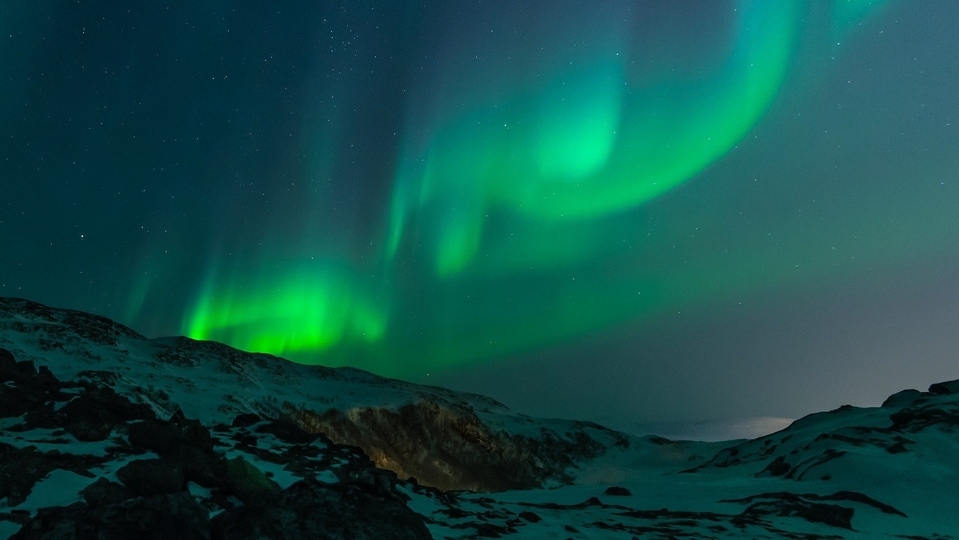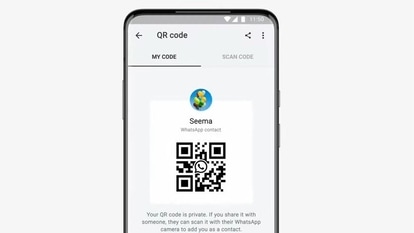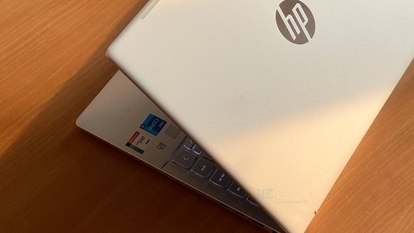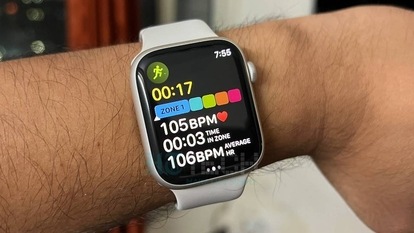After a solar tsunami erupts on Sun, a HUGE solar storm to strike the Earth tomorrow; Blackouts expected


This week has been filled with solar storms as coronal mass ejections (CME) and solar winds coming from the Sun have been striking the Earth repeatedly. But these storms have not caused much damage as they were relatively minor and remained in the G1 class. However, reports have confirmed that the Earth will be struck with a full-halo CME, which is an indication of a large amount of solar particles flying towards the Earth. The CME is expected to strike the Earth tomorrow, July 23, and the resultant solar storm will follow afterwards. Due to the size of CME, the solar storm can even go as high as G3 class, with radio blackouts and GPS disruptions expected to affect the dayside of the Earth. Read on to know the damage it is likely to cause.
It was first reported by SpaceWeather.com which noted, “Solar storms are possible on July 23rd when a full-halo CME is expected to hit Earth's magnetic field. The storm cloud was hurled toward Earth by a solar tsunami eruption, described below. NOAA forecasters say that G1- to G2-class (minor to moderate) storms are likely with a slight chance of escalating to category G3 (strong)”.
A solar tsunami to cause a powerful solar storm on Earth tomorrow
The full halo CME was caused by what is being called a solar tsunami — a massive eruption on the surface of the Sun which released waves of magnetic flux and solar particles directed towards the Earth. It should be noted that the Earth has not seen a G3 class solar storm since March, when two different CME came together to form a powerful storm whose effects were seen till the mid-latitudes.
A solar physicist who goes by the Twitter username of Halo CME posted images of the eruption along with a caption that read, “This was from the eruption/type II radio burst this morning from AR 13060. It is so diffuse that we need difference images (right) to see it. This could be just a shock wave without a flux rope”.
CME WATCH: Halo CME, technically speaking. This was from the eruption/type II radio burst this morning from AR 13060 (not 10360, a typo in my previous post). It is so diffuse that we need difference images (right) to see it. This could be just a shock wave without a flux rope. pic.twitter.com/wa9F0mfQ7P
— Halo CME (@halocme) July 21, 2022
A G3-class solar storm can cause minor damage to satellites in the higher orbits of the Earth, disrupt shortwave radio blackouts and GPS systems and even cause brief fluctuations in sensitive wireless instruments. The solar storm is not strong enough to impact mobile networks, internet services and power grids. Aurora enthusiasts can also see a bright display of lights tomorrow in the sky in even mid-latitudes.
Follow HT Tech for the latest tech news and reviews , also keep up with us on Twitter, Facebook, and Instagram. For our latest videos, subscribe to our YouTube channel.
Tips & Tricks





Editor’s Pick
_1658157027456_1658157045406_1658157045406.png)




Trending Stories


_1658203816866_1658203927753_1658203927753.jpg)


Gaming




_1648985388779_1657911593412_1657911593412.png)
